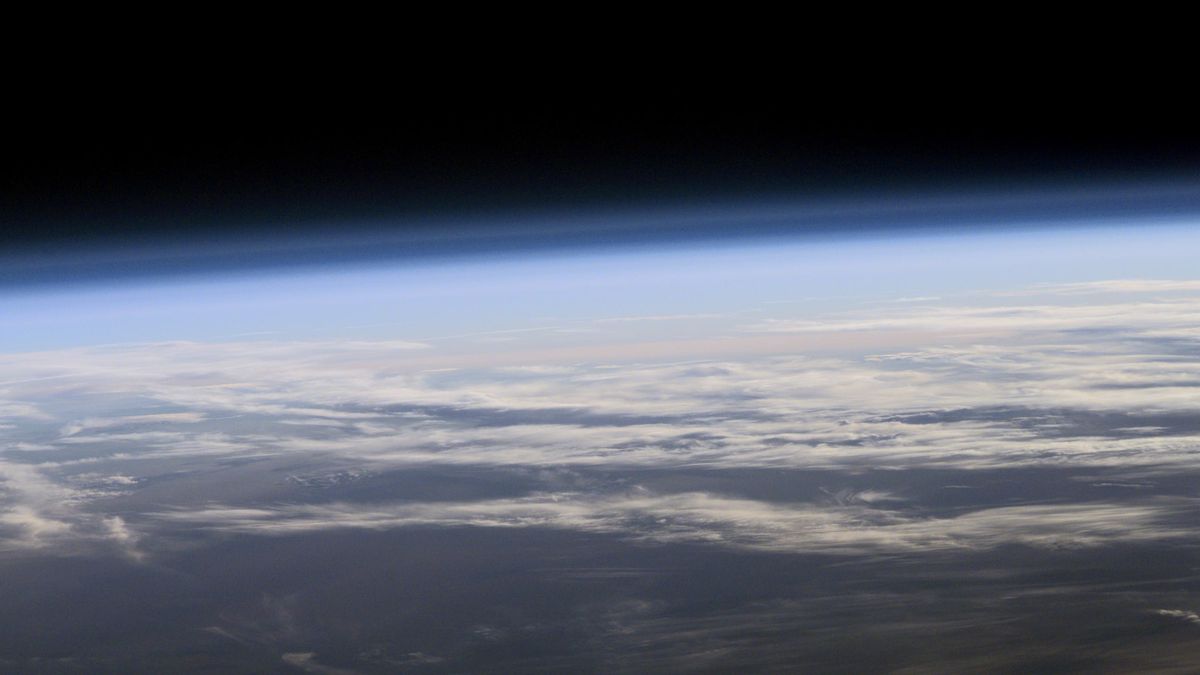JAKARTA - A number of researchers have reported that the ozone layer above the Antarctic continent is recovering. This condition occurs due to the reduced use of chlorofluorocarbon (CFC) chemicals globally, especially the absence of industrial activity during the corona pandemic.
The ozone layer is the protective shield of the earth in the stratosphere, its function is to absorb ultraviolet radiation emitted from the sun. Without the ozone layer, all creatures on Earth could not survive.
According to a report from a researcher at the University of Colorado Boulder, named Antara Banerjee, said that the ozone layer was recovering. This is known based on data from satellite observations and climate simulations, related to atmospheric temperature, weather and rainfall levels.
"We found signs of climate change in the southern hemisphere, especially in air circulation patterns," he said.
Banerjee said ozone recovery was due in large part to the Montreal Protocol, which was agreed internationally in 1987, which banned the production of ozone-depleting substances. Because in the past, the use of CFC substances has caused the ozone layer to be damaged.
"If we stick to this protocol then the ozone hole is projected to recover. In some areas, we think it might happen in the next few decades and in other places far later in the century," he explained.
In his study, Banerjee describes the circulation of air flow (jet stream) that occurs at latitudes in the southern hemisphere of the earth gradually shifting to the South Pole. This happened because of the depletion of the ozone layer globally.
According to Banerjee, the cessation of the movement of wind currents began when the holes in the ozone layer began to improve. If this continues steadily, there is a possibility that in the future the ozone layer will fully recover, as in the last decades of the 20th century.
He estimates that the return of ozone conditions like the 1980s could only occur around 2030 in the northern hemisphere. Meanwhile, for the southern hemisphere in 2050, and the ozone layer in Antarctica will only be able to recover in the late 2060s.

Launching from Science Alert, the ozone layer has been depleting since the last few decades. As a result, changes in weather patterns have been unusual, since the first ozone hole was discovered in 1982.
NASA and the National Oceanic and Atmospheric Administration, visualizing the ozone layer recovering. This is a separate attribution for researchers, how carbon dioxide and human factors affect nature.
"Identifying ozone-driven breaks in circulating trends in real-world observations confirms, for the first time, what the scientific ozone community has predicted from theory," said co-author John Fyfe.
On the other hand, reduced outdoor human activity during the COVID-19 pandemic has also had a positive impact on the Earth. Air quality in various countries such as China and Europe is increasingly showing a recovery from pollution.
The English, Chinese, Japanese, Arabic, and French versions are automatically generated by the AI. So there may still be inaccuracies in translating, please always see Indonesian as our main language. (system supported by DigitalSiber.id)













